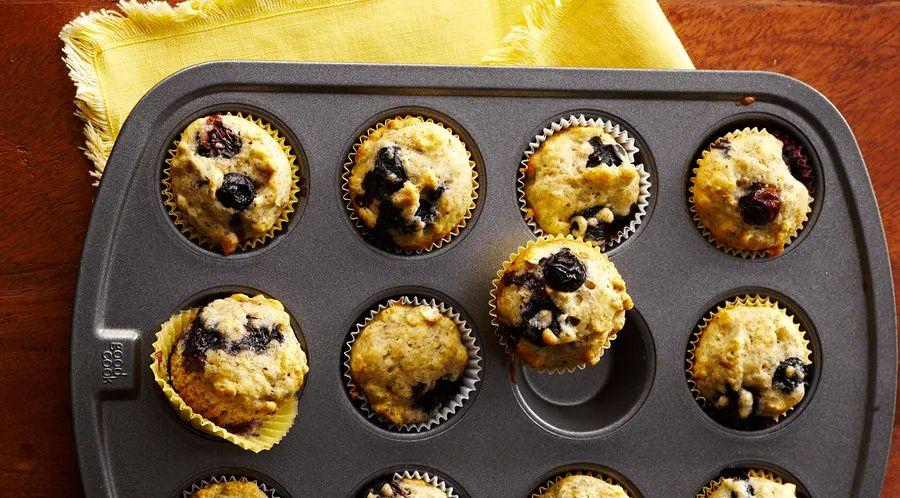Glass vs. Metal: Which Type of Pan is Best for Baking?

Baking often sparks countless debates: Should you use butter, oil, or shortening? Is sour cream or yogurt better for a moist cake? And should you chill the dough or not?
As frustrating as it may be, the answer to most of these questions is: it depends. Choosing the right pan for your next baking project follows the same logic. Once you understand the key differences between cookware materials, making the right selection becomes a lot clearer. Let’s dive in and explore.
Metal
Let’s be clear — when it comes to most common baked goods like cookies, brownies, cakes, biscuits, and muffins, metal pans are typically the best choice. They heat up quickly due to their excellent heat conductivity and cool down fast once removed from the oven. Plus, metal pans can handle higher temperatures than glass, making them perfect for achieving golden, even browning, especially with items that bake quickly like cookies and biscuits. They’re also more convenient when it comes to cooling your baked goods, as they help speed up the process so you can enjoy your treats sooner.
It's important to consider that the color and coating of metal bakeware directly affect how your baked goods cook. Dark-colored metal pans absorb more heat, which can lead to faster cooking times and even over-browning on the outside. The same goes for pans with a matte or dull finish.
On the other hand, light-colored metal pans with a shiny finish retain less heat and are generally the better choice for most baking tasks. Many baking professionals prefer high-quality aluminum pans for their reliable, consistent results.
Another key factor with metal bakeware is its reactivity with highly acidic foods. To prevent potential issues, it’s best to avoid direct contact between such foods and the pan. For instance, when baking a berry cobbler or crisp without a bottom crust, a glass pan is a better option, as using metal could cause discoloration and a metallic taste in the fruit.
When to Choose Metal Bakeware
Generally speaking, metal pans are your go-to choice for baking the following items:
- Cookies
- Brownies
- Cookie Bars
- Muffins
- Scones
- Biscuits
- Rolls
- Cakes
- Quick Breads
Glass
Glass bakeware tends to be heavier and heats up more slowly than metal, but once it gets hot, it holds that heat for much longer. This means that when baking something like a cake or brownies in a glass pan, the sides and bottom may brown faster than the center. This is similar to the issue with dark-colored metal pans. As such, glass bakeware is ideal for dishes that need moderate heat for a long time, such as casseroles or pasta bakes that you want to keep warm after baking. If you're using glass for a cake or sugary treat, consider lowering the oven temperature by 25 degrees to avoid over-browning.
That said, glass doesn't handle extreme temperatures very well, so it's not a good choice for high-heat cooking like broiling. Additionally, you should avoid moving glass bakeware from one extreme temperature to another, such as transferring a cold pan straight from the fridge to a hot oven, as it could crack.
Unlike metal, glass is non-reactive with acidic ingredients, so you don’t have to worry about tomatoes, citrus, berries, or other acidic foods reacting with the pan. Glass also has the advantage of being transparent, allowing you to easily monitor the browning or crisping of your baked goods. This makes it a great option for less experienced bakers, who may find it easier to gauge how the bottom of their pie crust is baking in a glass dish.
When to Choose Glass Bakeware
In most cases, you'll want to grab a glass pan for baking the following dishes:
- Casseroles
- Baked Meat Dishes
- Baked Pastas
- Bread Puddings
- Pies
- Cobblers
- Crisps and Crumbles
If you're still unsure which pan to use, take a closer look at your recipe—it often provides a hint. Generally, if the recipe specifies "pan" or "tin," metal is the way to go. If it calls for a "dish," glass or ceramic should be your choice.

1

2

3

4

5
Evaluation :
5/5